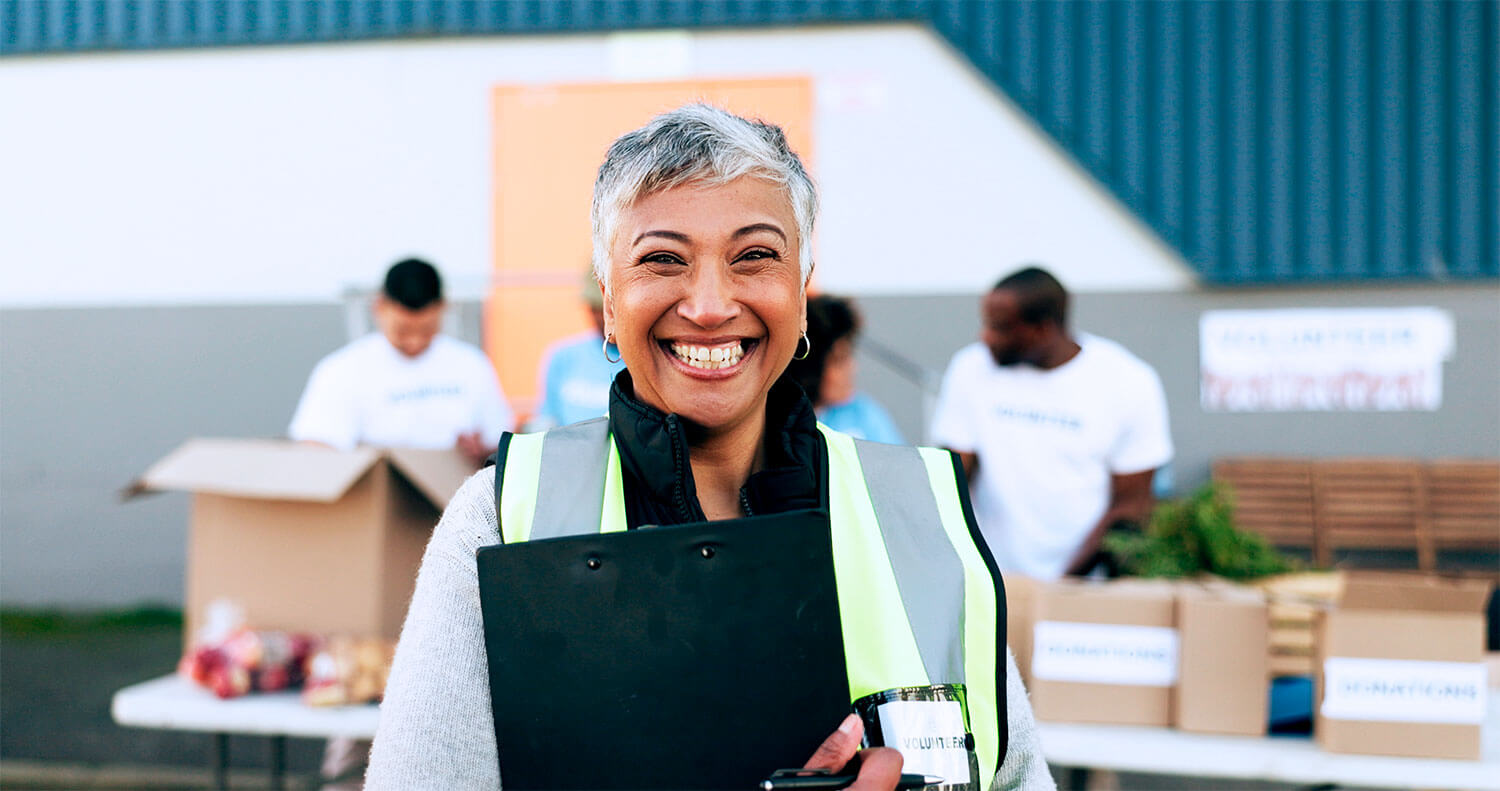Why Nonprofits Need Specialized Insurance Protection
Reading Time: 3 minutes

Nonprofit organizations work hard to serve their communities. To meet their goals year after year, they need to control their risks – and those risks are substantial. Standard commercial insurance doesn’t always fit nonprofit operations, but specialized nonprofit insurance can provide necessary coverage.
Understanding Nonprofit Insurance Risks
All organizations face risks, and this includes not-for-profit organizations. The fact that these organizations aren’t trying to earn a profit doesn’t necessarily diminish the level of risk, either, but it can change the nature of the risks involved.
Nonprofit risks can include:
- Fundraising Events. From fun runs to galas, events are a popular way to raise money for charity. Unfortunately, events can also be liability magnets. With so much going on in a short time, there’s a chance of property damage, injuries and other mishaps. Nonprofits can face lawsuits from participants, donors, vendors and even local governments if anything goes wrong.
- Volunteers. Some people volunteer because they want to give back. Others volunteer to fulfill requirements handed to them by schools or courts. Regardless of the motivation, volunteers may lack the experience that could help them avoid incidents, increasing the risks of liability. For example, someone may volunteer at an animal shelter because they love animals, but a lack of experience with animals could put them at risk for animal attacks.
- Donations. Many charities rely on donations to maintain operations, but the people making donations often want reassurance that their money is being put to good use. Nonprofits can face a great deal of scrutiny over the way their donations are used, and allegations of funding misuse could trigger litigation. Potential claims could involve donors who allege their funds were not used for the designated benefit, or those who allege that donations were wasted through mismanagement.
- Vulnerable clients. Many nonprofits serve children, the elderly, the disabled and other vulnerable populations. While most nonprofit workers only want to help these groups, the sad reality is that some individuals take advantage of the vulnerable, and abuse allegations are a constant threat. Abuse can also go both ways, and clients who are struggling with mental illness or addiction may pose safety threats to nonprofit workers. When abuse or assault occurs, the nonprofit organization may be held liable.
How Standard Business Insurance Leaves Gaps
Standard business insurance policies are typically designed with for-profit companies in mind. Because non-profit risks can differ from for-profit risks, these insurance policies do not always provide adequate protection.
In some cases, commercial insurance can leave dangerous insurance gaps. For example:
- Workers’ compensation doesn’t always cover volunteers. Volunteer injuries can happen under many circumstances. For example, a dog could bite a volunteer at an animal shelter, or someone could assault a volunteer at a food bank. Common injuries like slip and fall incidents are also possible. State law typically requires organizations to maintain workers’ compensation for employees, but coverage does not always extend to volunteers. As a result, nonprofits could face lawsuits and uncovered costs.
- Abuse coverage may be limited or non-existent. General liability insurance may bar coverage for abuse and molestation claims. If coverage is included, it may be very limited. This can leave nonprofits exposed to major uncovered costs. This is a particular problem for nonprofits in the social and human services sector and religious organizations that provide services to vulnerable populations
- Board members may not have insurance coverage. Public companies secure directors & officers (D&O) insurance to cover their board members and executives, but many nonprofit organizations don’t realize they also have D&O risks. Small charities are particularly vulnerable to this coverage oversight. Without adequate coverage, board members may be held personally liable for their actions – even if they’re volunteering.
Why Do Nonprofits Need Insurance?
An uncovered claim can be devastating for nonprofit organizations and the people who depend on their services. Without insurance coverage, some nonprofits may not be able to survive major litigation. Even if they do survive, they may need to cut back on services, putting their mission in jeopardy.
There’s also a risk of reputational damage. For example, if a volunteer is injured and the nonprofit can’t cover medical expenses, other people may not want to volunteer for that organization in the future. The same goes for board members who face personal liability without coverage; other people may think twice about serving on that organization’s board in the future. Furthermore, without strong insurance coverage to cover legal expenses, nonprofits may not be able to launch a proper defense, and they may feel forced to settle just to avoid a costly legal battle.
Robust insurance coverage protects nonprofits and helps them stay focused on their mission. Having appropriate coverage can also provide reassurance to donors and volunteers, further strengthening the nonprofit and safeguarding its mission.
Specialized Insurance for Charitable Organizations
From small charities to complex national and global organizations, the nonprofit sector encompasses a vast range of organizations. The services provided are also diverse. As a result, the insurance needs of nonprofits can vary significantly. There is no one-size-fits-all insurance solution – every package must be customized for the organization.
A nonprofit insurance package may include many of the same insurance coverages that for-profit organizations require, such as property insurance, auto insurance, general liability insurance and employment practices liability insurance. However, it’s important to verify that the policy terms meet the needs of the nonprofit.
For example, if a volunteer files a lawsuit alleging discrimination, will the employment practices liability insurance policy provide coverage? And if a volunteer gets into a car crash while driving his or her personal vehicle, does the organization have hired and non-owned auto insurance that will provide coverage?
Nonprofits may also require additional insurance policies, such as:
- Abuse and Molestation Insurance. Nonprofit general liability insurance may provide some abuse coverage through an endorsement. If this coverage is not available as part of the nonprofit liability insurance coverage, or if the available coverage is not adequate, a standalone abuse and molestation policy may be necessary.
- Directors and Officers Insurance Nonprofit Coverage. Lawsuits involving organizational governance often name the individual board members and executives, and these individuals may be held personally liable. For example, donors may file a lawsuit alleging fund misuse or mismanagement. Nonprofit D&O coverage provides protection for the executives and board members of a nonprofit.
- Volunteer Accident Insurance. If a volunteer is injured while volunteering, volunteer accident insurance provides coverage for medical care, regardless of fault. This is similar to how workers’ compensation policies work, and it eliminates the need for a costly lawsuit.
Are Your Risks Covered?
Nonprofit organizations often don’t think about insurance fine print and coverage gaps – until they’re facing a mission-threatening claim. By then, it’s often too late to secure the insurance coverage necessary to protect the organization. A quick insurance review now can help protect your organization from expensive claims down the road.
Mavrix provides specialty nonprofit insurance solutions. Contact Mavrix for tailored coverage.







